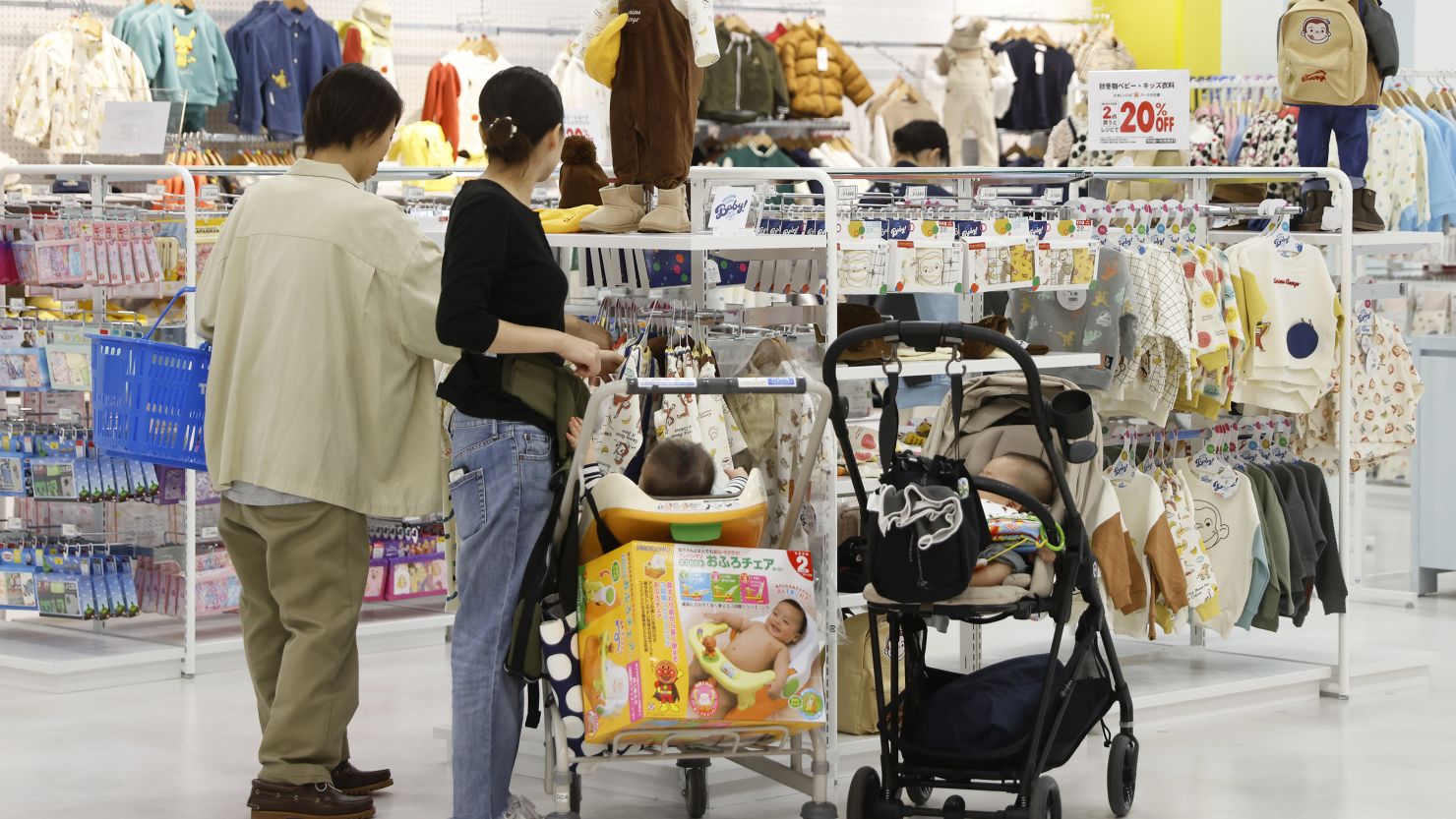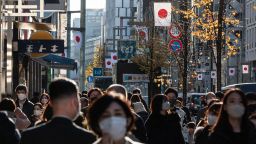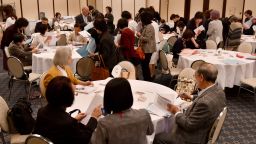Each spring, as reliably as the changing of the seasons, Japan releases grim new population data that prompts handwringing in the press and vows by politicians to address the country’s demographic crisis.
It’s “now or never” to tackle declining births and the shrinking population, the country’s leader warned last year – nearly eight years after his predecessor had pledged to “confront the demographic problem head on.”
This year is no exception. The number of new births fell for an eighth consecutive year in 2023, reaching a record low and representing a 5.1% decline from the previous year, according to preliminary data released this week by the government.
The demographic crisis has become one of Japan’s most pressing issues, with multiple governments failing to reverse the double blow of a falling fertility rate and swelling elderly population. More people are dying than being born each year, causing the population to fall rapidly – with far-reaching consequences for Japan’s workforce, economy, welfare systems and social fabric.
Japan is far from the only country with this problem. Its East Asian neighbors, including China, Hong Kong, Taiwan, and South Korea face similar issues, as do several European nations such as Spain and Italy.
A day after Japan released its preliminary data this week, South Korea released its own figures showing its fertility rate – the world’s lowest – dropped yet again in 2023.
Unlike many developed countries with low fertility rates, such as the United States, Japan and other East Asian nations have shied away from using immigration to bolster their population.
But Japan’s crisis is unique in that it’s been decades in the making, experts say – meaning its impact is particularly evident now, with relief unlikely to come anytime soon. So whatever path Japan takes will likely offer a roadmap for other countries facing unchartered territory, and a glimpse into their potential future.
‘Not reversible’
The first thing to understand about Japan’s population crisis is that it’s only partly behavioral, said James Raymo, professor of sociology and demography at Princeton University.
A much bigger part of the problem has to do with Japan’s history and how that has shaped its population structure, he said.
For a population to remain stable, it needs a fertility rate of 2.1, defined as the total number of births a woman has in her lifetime. A higher rate will see a population expand, with a large proportion of children and youth, as seen in India and many African nations.
But in Japan, “that measure of fertility has been below 2.1 for 50 years,” Raymo said. It fell below that level after the 1973 global oil crisis pushed economies into recession, and never climbed back up.
As of last year, Japan’s fertility rate sat at 1.3. It has stayed relatively flat for a while, meaning the average Japanese woman today is having roughly the same number of children as five or 10 years ago.
The real problem is that the fertility rate has been consistently low for so long. A country can recover if that rate only dips for a few years – but when it stays under 2.1 for decades, you get a population with much, much fewer young people than older adults.
Because of that skewed ratio, the total number of babies being born each year will continue to fall – even if women start having more kids – because the pool of women of childbearing age is already so small, and shrinking each year.
“It has to continue – it cannot not continue,” Raymo said. “Even if all of a sudden Japanese married couples started having three children on average … the population would continue to decline. The number of births would, for a while, still continue to decline. It’s not reversible.”
That means even if Japan manages to boost its fertility rate dramatically and immediately – which experts say is unrealistic – its population is bound to keep decreasing for at least several more decades until the skewed ratio balances out, and the babies being born now reach childbearing age themselves.
Official projections echo this prediction. According to models by the government’s Institute of Population and Social Security Research (IPSS), which were most recently revised last year, the population will fall 30% by 2070. At that point, the number of people age 65 and over will account for 40% of the population, it forecast.
What we’re seeing now “is zero surprise … and it will structurally continue for the foreseeable future,” Raymo said.
‘Drifted into singlehood’
There are many reasons for Japan’s low fertility rate – but the main problem is that people aren’t getting married in the first place, Raymo said.
Single parents, or children born to unmarried mothers, are far less common in Japan than many Western countries. Thus, fewer marriages means fewer babies overall.
The number of marriages in Japan declined nearly 6% in 2023 from the previous year – dipping below 500,000 for the first time in 90 years, according to the preliminary data released this week. Divorces also rose 2.6% last year.
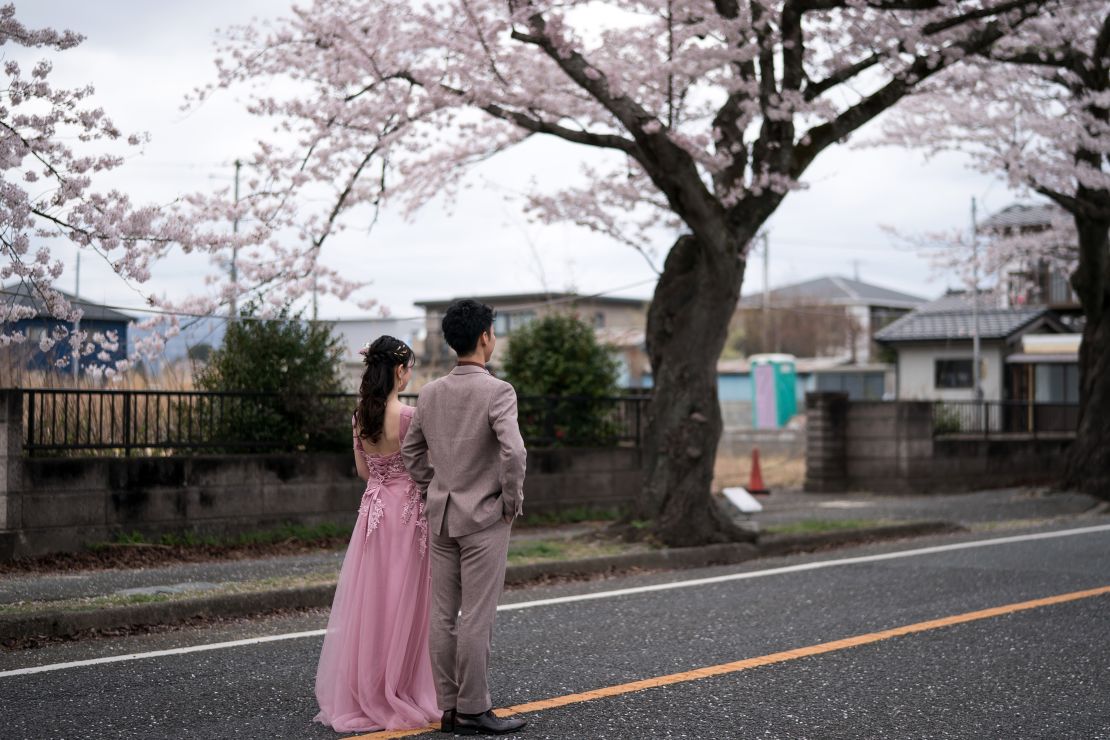
Experts have pointed to Japan’s high cost of living, stagnant economy and wages, limited space, and the country’s demanding work culture as reasons fewer people are opting to date or marry.
Japanese people’s “willingness to form a family … has declined considerably,” according to a 2022 survey by the IPSS. Among single adults who have never wed, fewer say they intend to get married compared to previous years – while more say they wouldn’t be lonely even if they continued living alone. About one third said they did not want a relationship.
For women, economic costs are not the only turn off. Japan remains a highly patriarchal society in which married women are often expected to take the caregiver role, despite government efforts to get husbands more involved.
For all these reasons, many people are “ambivalent about marriage,” postponing it for years – “and then they’re 35, they’re 40, and they’ve sort of drifted into singlehood,” Raymo said.
Many of these issues are also plaguing other East Asian nations with their own population woes. Marriage rates have plummeted in China, where women are more educated and financially independent than ever. In South Korea, only one third of young people feel positively about marriage, according to polls, with many saying they don’t have enough money for marriage or feel it’s simply not necessary.
Most East Asian nations have also declined to legalize gay marriage, parenting and adoption rights, making it far harder for LGBTQ citizens to become parents.
What does Japan’s future look like?
The impact of the population crisis is evident.
Industries are feeling labor shortages; jobs are hard to fill, with fewer young adults entering the workforce; some rural communities are dying out, with one village that went 25 years without any new births.
Even in cities, things are changing – with many service jobs occupied by young immigrants, or students from countries such as China or Vietnam, Raymo said.
The government has spent years pushing various initiatives to encourage marriage and childbirth, such as enhancing child care services or offering housing subsidies. Some towns are even paying couples to have kids.
But given the decline is expected to continue for at least several decades, Japan will likely feel the blow to its pension and health care systems, and other social infrastructure that is difficult to maintain with a shrinking workforce.
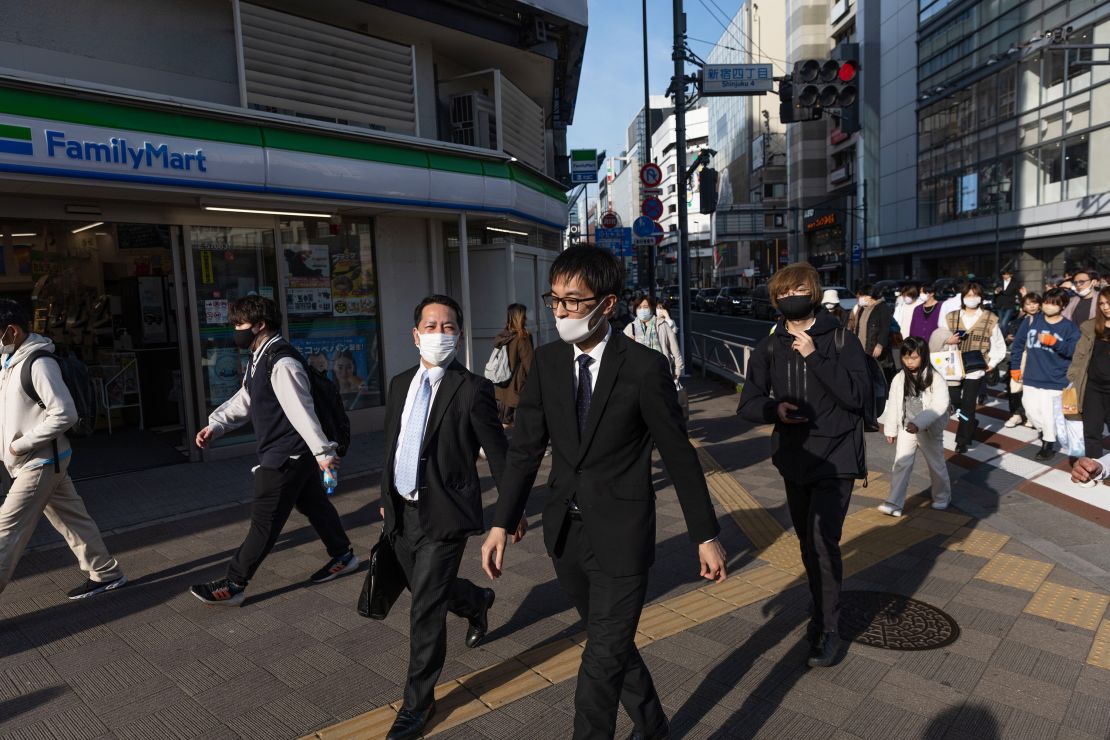
That’s not to say Japan is doomed, Raymo asserted – the fertility rate will likely even out at some point, and the country will adjust. But that will take time, and Japan needs to prepare itself for “a really bumpy ride to a new equilibrium.”
There are a few ways that ride could play out. We could see a “massive mechanization of society,” meaning human labor being replaced by machines, Raymo said. As the population falls, some problems like the high cost of living, or overcrowding in Toyko could begin to ease. One theory suggests that fewer people means less competition for things like university admission and jobs.
But for now, this is all speculation. No country has been in this position before. And, Raymo said, the “only likely large-scale response” the government can implement is “mass immigration on a level Japan has never experienced.”
Immigration is a controversial issue in Japan, a largely conservative country that perceives itself as ethnically homogenous. It has historically failed to integrate previous waves of foreign workers and has instead relied on temporary fixes such as employing foreigners on student visas. Foreign residents and Japanese nationals of mixed ethnicity have long complained of xenophobia, racism and discrimination.
Japan may not have a choice, however. A 2022 report by a Tokyo-based research organization found that Japan needs about four times as many foreign workers by 2040 to achieve the government’s economic goals.
And authorities have shifted that direction in recent years, creating new visa categories and considering proposals to allow certain types of skilled workers to stay indefinitely. The IPSS’ models predict that by 2070, “the pace of population decline is expected to slow down slightly, mainly due to the increase in international migration.”
Decades down the line, the new Japan “might be a slightly poorer country, and a slightly less generous country in terms of policy support for elderly and families,” Raymo said.
“I can imagine a much smaller and a much different Japan,” he said. “But I don’t imagine an empty Japan.”
CNN’s Mayumi Maruyama and Alex Stambaugh contributed to this report.
